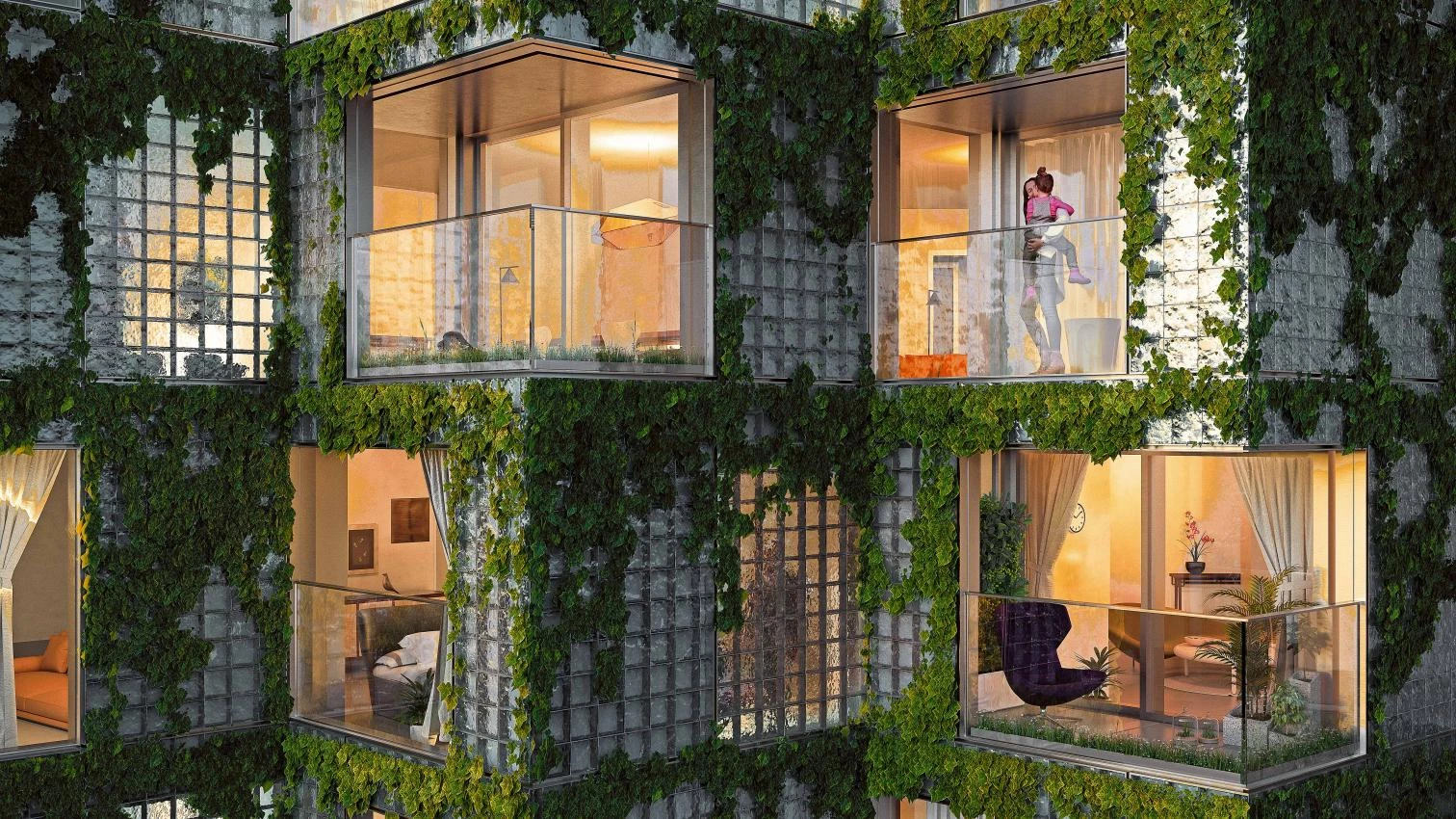The Spirit of the Beehive

Bjarke Ingels is the spirit that inspires the busy beehive of BIG. Striving to make his leading figure disappear to always stay one step ahead of the office, on the frontier of innovation, the Danish architect is the goblin that feeds the honeycomb’s buzz. The mythical film by Víctor Erice took its name from the life of bees written by Maurice Maeterlinck, where the poet and playwright used that expression to refer to “the powerful, enigmatic and paradoxical force that the bees seem to obey.” In the Spanish film, the daughters of a beekeeper invoke the spirit with their eyes closed, hoping to communicate with the friendly monster they discover in the trembling shadows of a summer cinema, and the character of Mary Shelley is reborn in the magical conscience of a child’s gaze. The creative director of BIG is both the driving spirit of that fusion of ideas and the sleepless child who dreams the future.
Pollinating the collective conscience of the Scandinavian world with the daring individuality of the Anglo-Saxon one, Ingels has mixed Copenhagen and New York in a happy blend that also combines the environmental awareness of most Europeans with the entrepreneurial pragmatism so characteristic of the United States, joining the ecological and the economic dimension as few architecture offices have been able to achieve. Turning a power plant into a space for leisure and a skiing slope is more than an architectural oxymoron: it is a manifesto for the compatibility between infrastructures and daily life, a practical example of the reconciliation of industrial society and traditional urbanity, and an extraordinary expression of the capacity of formal imagination to explore new ways of hybridizing functions and offering answers to the contradictory demands of our time.
Bjarke Ingels’s career, marked by the contrasting and consecutive influence of Miralles’s lyricism and Koolhaas’s intelligence, develops independently to propose unprecedented residential models in his first housing projects – VM, Mountain, 8 House –, admirable beehives that join geometric imagination and social sensibility, defining the two features that will pervade all of his later work. The architectural historian Juan Antonio Ramírez, son of a beekeeper, enlightened us on a term that is pejorative for some and virtuous for others, when establishing the link between the hardworking social insect and the exact geometry of the honeycomb. The founder of BIG has managed to bring together collective intelligence and personal poetry in a creative itinerary where bees are at once disciplined and free: almost a tale as those of his compatriot Hans Christian Andersen, another man from the North in love with the South.
Luis Fernández-Galiano






